Have you had a hard jump school, gallop, or ride? What do you reach for first to decrease swelling, inflammation, and help support your horse’s legs after that riding session? Just like with anything in horses, it depends and everyone has their own recipe for success. I’ll share my tips and preferences on the matter and you can decide for yourself!
My favorite to use: Alcohol (safe, cools fast, cheap, and easy to get)
Runner up is liniment (more expensive and watch out for sensitive skinned horses reacting)
My favorite for more intense sessions: Ice
My least favorite: Poultice (time consuming and messy and effects not well understood)
Alcohol
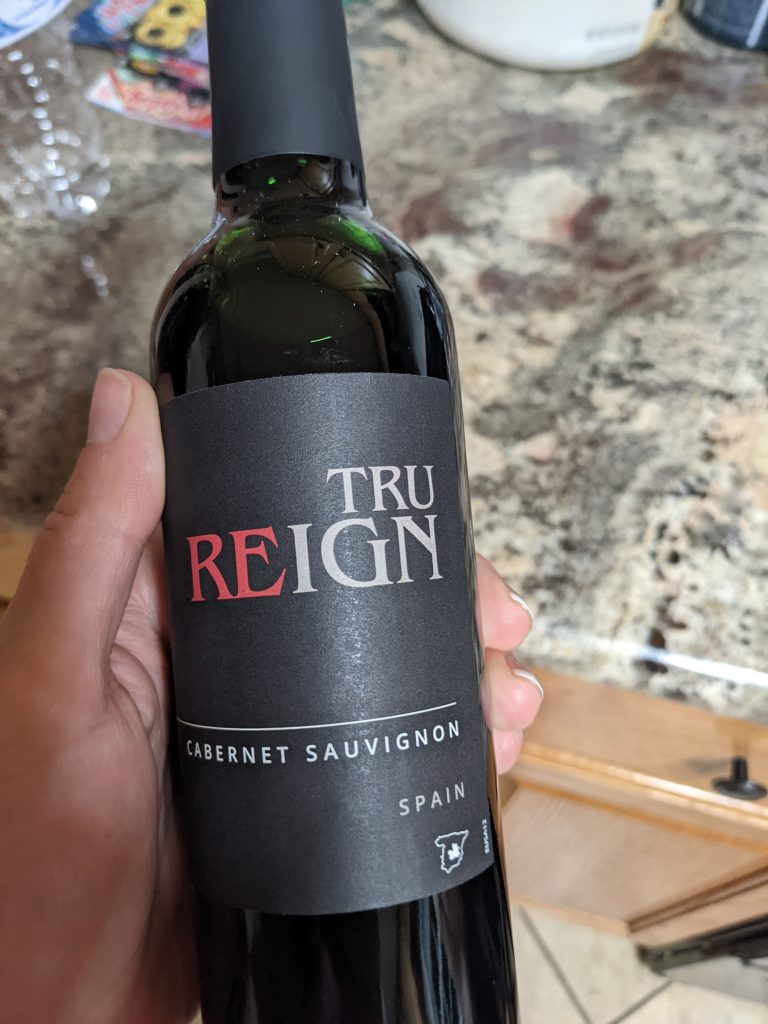
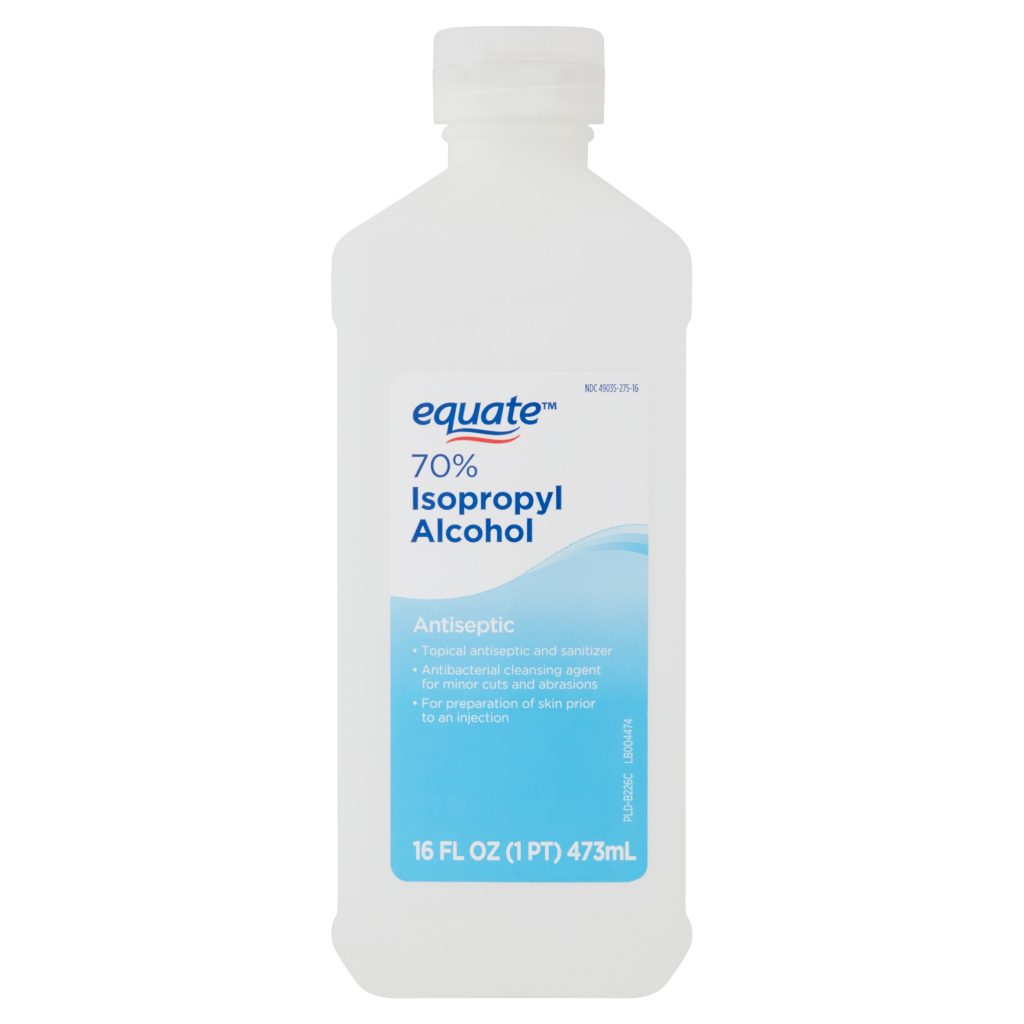
Good ol’ fashioned rubbing alcohol, bought cheaply at any store is my go to. It evaporates quickly so it’s ideal for a rubdown on its own or for applying under standing bandages and helps to decrease heat and swelling.
To use: Apply generously via a spray bottle or by dumping it directly on the horse’s legs from the knee down to the fetlock in front and from the hock down to the fetlock in the hind. Massage into the leg for 20 seconds on each leg, focusing on the tendons.
Tip: you can also buy wintergreen alcohol for a liniment feel.
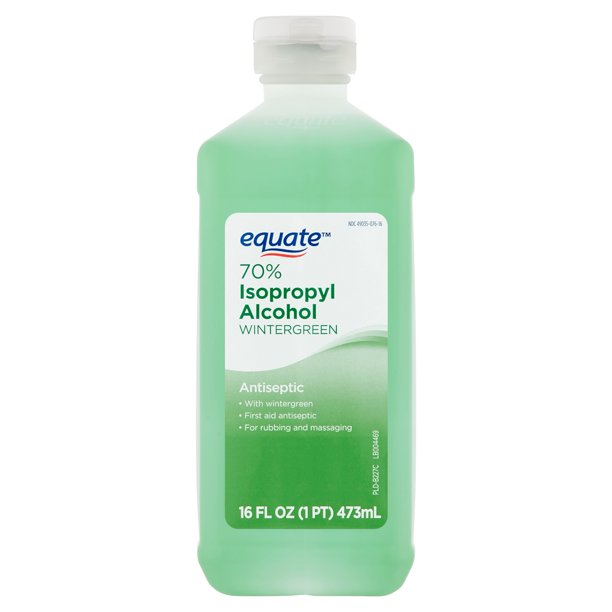
Liniment
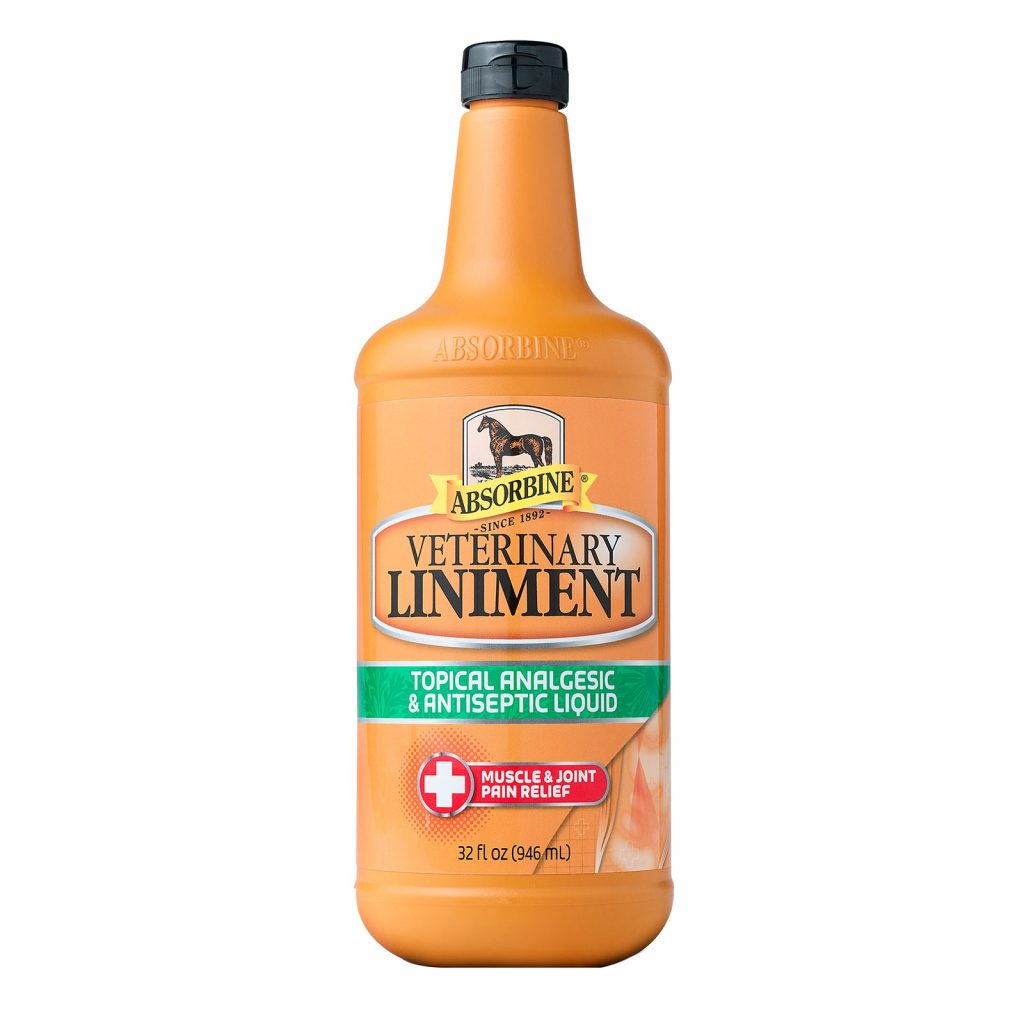
Liniments which are bought commercially (or make your own – details below) have cooling effects because of their high alcohol content. They also have oils/botanicals which dilate capillaries in the skin which increase blood flow.
Commercial products like Sore-No-More, Absorbine, and Vetrolin liniment are available or you can make your own by mixing equal parts:
Wintergreen alcohol
Witch hazel
Water
To use: Apply generously via a spray bottle to the horse’s legs from the knee/hock down to the fetlock. You can also spray the major muscles of the horse’s body to prevent soreness.
*Some horses have sensitive skin, make sure you test a small place on them first to check for signs for irritation.
Tip: Add menthol or eucalyptus essential oils to your home made liniment for added effect.
Ice

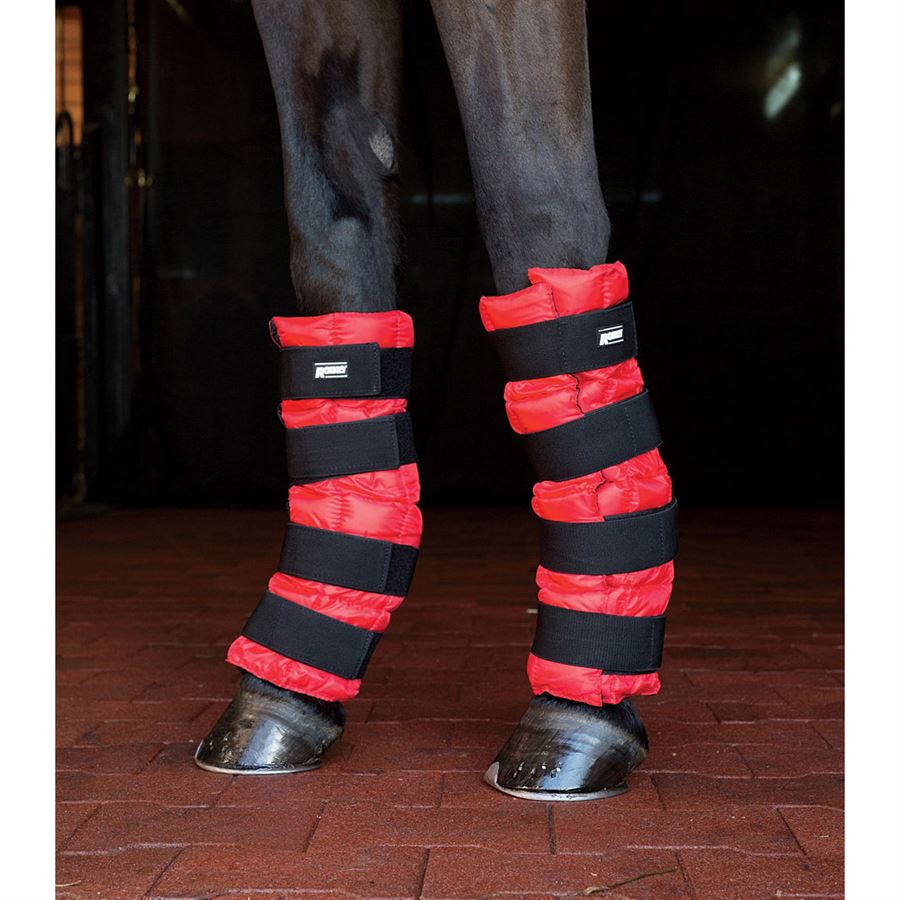
Icing for short periods of time is great to decrease inflammation and swelling. Aim for 20 min at a time either by submersion in a tub of ice water (make sure you desensitize your horse first) or via an ice boot (kept in the barn freezer) is great. I find the ice boot is easier and faster to apply but the submersion in ice water is more effective in getting the leg cold and has the added benefit of icing the feet too.
To use: Ice your horse’s legs for 20 min. If the horse is coming back from an injury or a particularly strenuous workout, then icing 20 min on and 20 min off and repeating may be necessary (sometimes that’s twice or 3 times). If icing the horse twice it would look like this:
(60 min total)
20 min icing
20 min rest/no ice
20 min icing
Tip: If using an ice boot, the horse can be free in a stalled environment but still supervised. If standing in ice water it’s helpful for the horse to be tied in a wash stall or somewhere the ice water can be dumped easily and having a hay net for them to munch from is helpful to keep the horse occupied while they are icing.
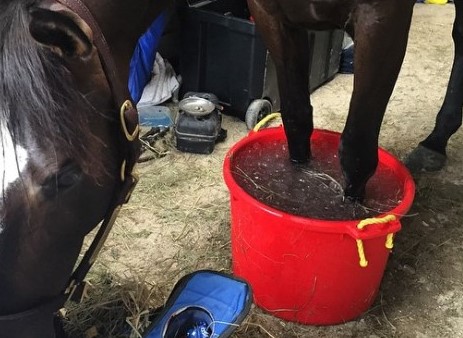
Poultice
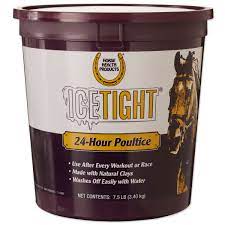
Poultices are made of clay and are commercially bought, Sore-No-More, Icetight, and Uptite make great ones. Poultices are made from bentonite clays and can have Epsom salts or herbs for added effect. Poultices are used to draw out inflammation and increase circulation. Clay poultices are messy and you cannot use a poultice over any cuts or open wounds, so take that into account with choosing this option.
To use: (Wear gloves for easier cleanup) Apply a liberal coating of poultice to your horse’s leg from knee/hock (you can cover the knee/hock as well if you would like) down to covering the fetlock. The magic in poultices is keeping it wet for as long as possible. To do this you want to wet down a heavy duty paper towel (think those blue shop towels) or wet paper (standard printing paper works). Make sure the paper product is thoroughly wet and apply loosely around the poultice, then apply your standing wraps as usual. You can also wrap the poultice with plastic (saran wrap) and then a standing wrap to keep it wet even longer. Make sure you wrap the plastic loosely. If your horse has sensitive skin opt for the paper wrap.
Keep on for no longer than 24 hours and take off the standing wrap and paper/plastic. You will then will take a curry comb to the dried poultice to get most of it off and then you can wash your horse’s legs to get any residue off.
Tip: If you are uncomfortable bandaging you can leave a poultice on without a bandage. It won’t be as effective for as long but you will still get some benefit and it’s better to not wrap at all if you aren’t comfortable yet. A bad wrap is much much worse than no wrap at all.
Cheers!
B
